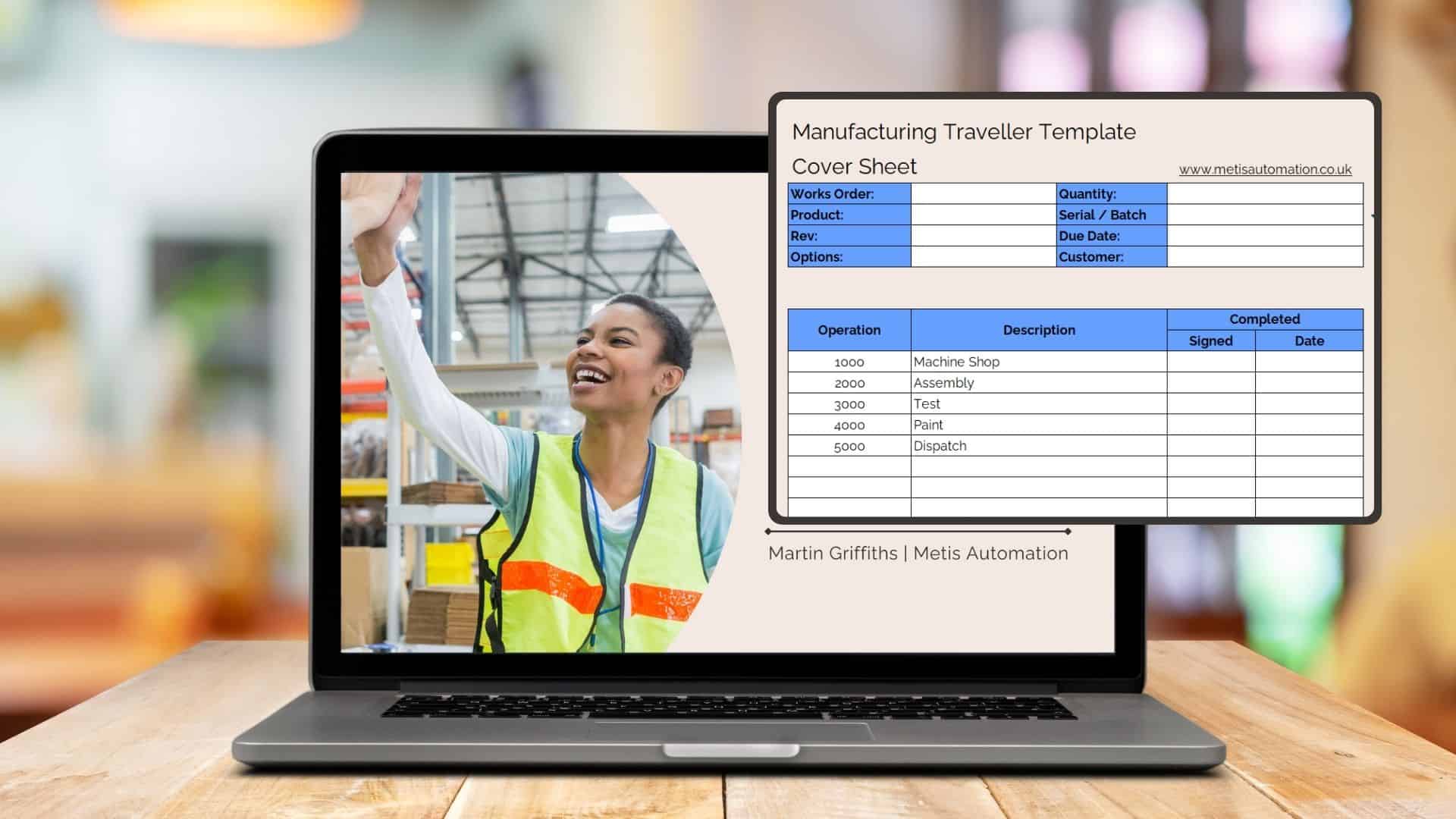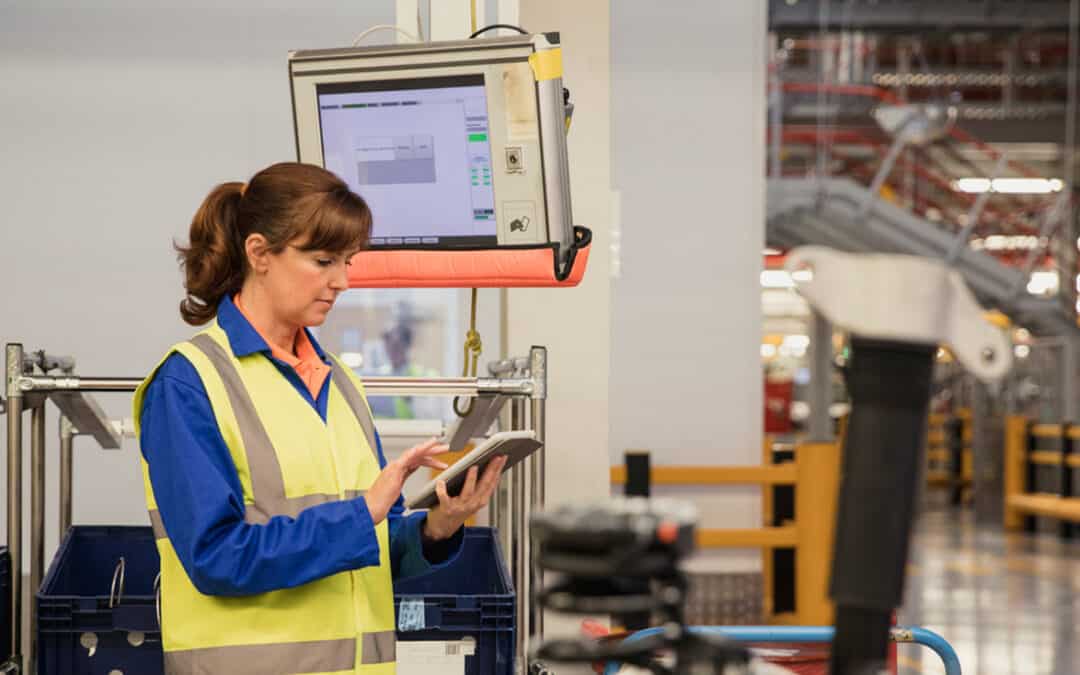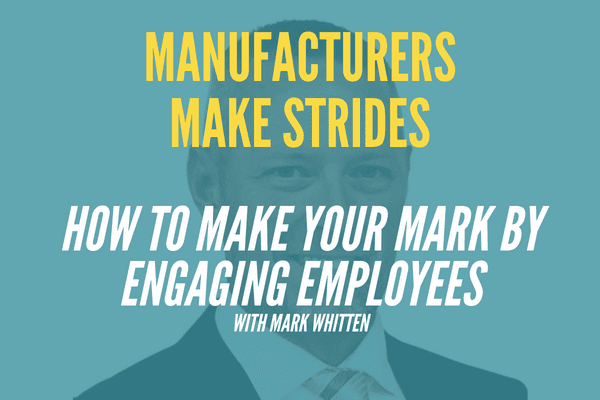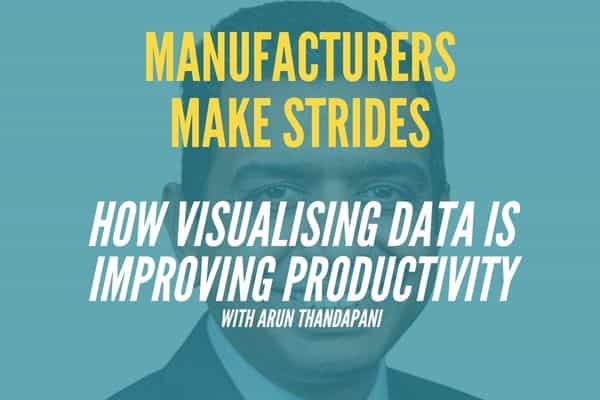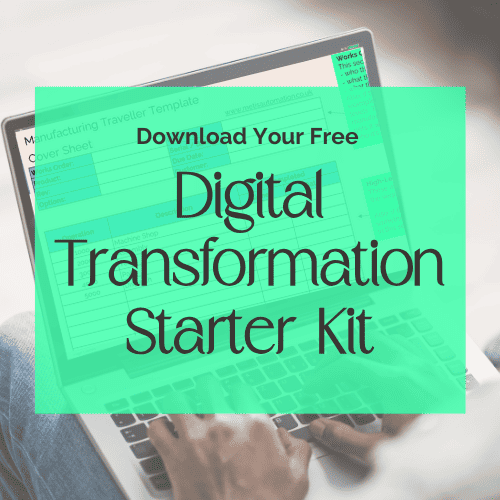
What is Total Quality Management?
What is Total Quality Management?
Total Quality Management (TQM) is a management philosophy that focuses on continuous improvement in all aspects of an organization. It involves creating a culture of quality that permeates every level of the organization, from the top management to the shop floor workers. In this blog post, we’ll explore the principles of TQM and how they can be applied to improve the quality of products and services in any organization.
6 Principles of Total Quality Management:
Customer Focus
The first principle of Total Quality Management is customer focus. The organization must understand the needs and expectations of its customers and strive to exceed them. This requires a deep understanding of the customer’s requirements and the ability to deliver on those requirements consistently.
Continuous Improvement
The second principle of TQM is continuous improvement. This involves a commitment to ongoing improvement in all aspects of the organization, from processes to products and services. It involves a willingness to identify and address problems as they arise, and to seek out opportunities for improvement.
Employee Involvement
The third principle of Total Quality Management is employee involvement. This involves engaging employees at all levels of the organization in the improvement process. Employees are encouraged to identify problems and suggest solutions, and their input is valued and acted upon.
Process Approach
The fourth principle of TQM is the process approach. This involves a focus on the processes that drive the organization, rather than individual tasks or activities. By improving processes, the organization can improve the quality of its products and services and reduce waste and inefficiencies.
Data-Driven Decision Making
The fifth principle of Total Quality Management is data-driven decision-making. This involves using data and analytics to drive decisions, rather than relying on intuition or guesswork. Data can provide insights into customer needs, process efficiency, and product quality, allowing the organization to make informed decisions that improve its performance.
Management Leadership
The final principle of TQM is management leadership. This involves a commitment from top management to lead by example and create a culture of quality throughout the organization. Leaders must set the tone for the organization and demonstrate their commitment to quality in all their actions.

Application of Total Quality Management
TQM can be applied to any organization, regardless of size or industry. The key is to start with a commitment to quality and a willingness to embrace the principles of Total Quality Management.
Here are some ways that TQM can be applied to improve the quality of products and services in an organization:
Identify and prioritise customer needs
Start by identifying the needs and expectations of your customers. Conduct surveys, focus groups, and other research to gather insights into what your customers want from your products and services. Once you have identified these needs, prioritize them based on their importance to your customers.
Implement continuous improvement processes
Create processes for identifying and addressing problems as they arise. Encourage employees to suggest solutions and implement changes that improve processes, products, and services. Continuously measure performance to ensure that improvements are making a positive impact.
Engage employees at all levels
Involve employees in the improvement process by providing training, support, and opportunities for input. Encourage a culture of open communication and collaboration that allows employees to share their ideas and expertise.
Use data to drive decisions
Implement systems for collecting and analyzing data that can provide insights into process efficiency, product quality, and customer needs. Use this data to make informed decisions that improve performance and drive continuous improvement.
Demonstrate leadership commitment
Demonstrate your commitment to quality by leading by example. Communicate the importance of quality to employees at all levels of the organization and create a culture of quality that is embraced by all.
In conclusion, Total Quality Management is a powerful management philosophy that can drive continuous improvement and improve the quality of products and services in any organization.
Have you ever had any experience with Total Quality Management? Leave a comment below!
Unleash the Power of Digital Manufacturing
Download our free Digital Transformation Starter Kit to set the gold standard for operational clarity and excellence.

